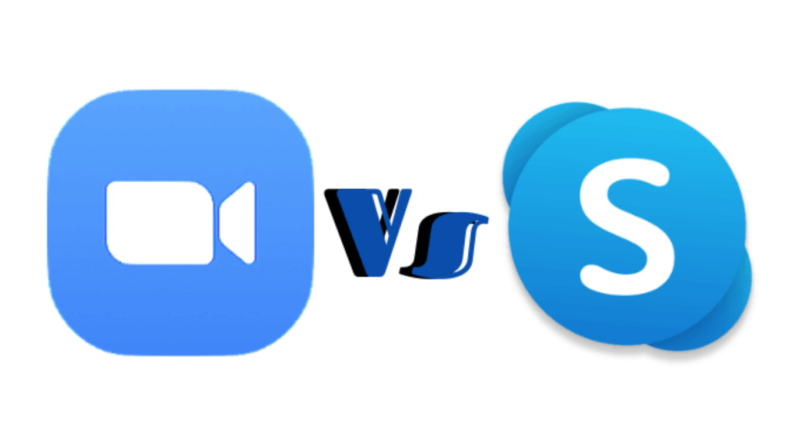

The app has become the main way for consumers to talk to each other with video calls over the internet. In the early stages, the founder of the app patented their technology which was another crucial reason for its success. Additionally, Skype app provides quality audio and video service that was way ahead and better than its competitors. It provides users the ability to talk via the internet. The reason for the app’s success can be traced to the new and exciting communication tool it offered. During this time the app not only had more than 100 million active users but also nearly 8 million paying customers. To understand why Skype failed, we need to first understand – How Skype technologies dominated the market in the first place?īack in 2011, Microsoft acquired Skype app for $8.5 billion. However, finally, in July 2021, Skype disappeared. Microsoft said that it will keep investing in Skype.

In September 2017, Microsoft notified Skype’s business department that it will be replaced by Teams and its consumer version of Skype. It was designed to take over Slack as a sophisticated tool for workplaces. The company also integrated video calls into Teams. By this time Microsoft acknowledged that there are some serious problems Skype had.ĭuring November 2016, the company shifted its focus from Skype and launched Teams. Eventually, they were forced to kill off Snapchat-like features. The design still failed to please people and attacked a lot of criticism. This new design turned the app into something similar to Snapchat. So, in 2017, the company went off-road with the design. This made the app both unreliable due Skype’s security issues and bad in terms of user experience. Instead of fixing underlying issues, Microsoft was still spending heavily and putting in time trying to redesign Skype. They were offering alternatives that not just incorporated messaging functionality but also synced across devices. This transition took years and during this time several rivals started to rise. The transition resulted in calls, messages, and notifications repeating on devices making Skype unreliable. However messy it was, these steps made the transition from the app’s traditional P2P networks.

and took the app on the web as part of Outlook.

#ZOOM VS SKYPE WINDOWS#
The company also made Skype its default messaging app for Windows 8.1. In 2013, to capitalize on integration of Windows Phone and mobile apps the company transitioned the app from P2P networks to cloud-powered servers.
#ZOOM VS SKYPE SERIES#
This started a series of problems such as skype security issues. However, the company still had a major problem – Skype’s service was based on P2P technology. The first step Microsoft took for the Skype app was to ditch its own popular Windows Live Messenger service. These apps were starting to challenge the dominance of Skype. This was also the same time when Zoom and Snapchat were founded. The acquisition took place around the time when chat apps like WhatsApp and WeChat were gaining momentum. This happened during the initial period of turning Skype into a profitable business while simultaneously keeping it relevant for consumers. Nevertheless, once Microsoft successfully acquired Skype technologies it faced some big challenges. What year did Skype come out?/ When was Skype founded?.Why do people start using zoom instead of skype?.This posed the two most important questions for everyone – What happened to Skype? and How did Zoom surpass an app twice older? However, in between all the chaos Skype – a popular video calling app for nearly two decades failed miserably to make any headline. Teams and Google followed its lead closely behind. Since the beginning of the lockdown, Zoom has considerably dominated the global teleconferencing market. This drastic change in society has shifted focus from messaging app to teleconferencing software. This has led to an increase in internet activity for several mobile and computer applications that provide productivity and easy communication. The only way for people to interact with friends, family, and colleagues is through the internet. Offices and other places of social interactions such as schools and universities have shifted at home. Pandemic amplified demand for the app boosting its sales and stock price to paving a path for its success.Skype users were disappointed, so, Zoom focused on the struggles of its user base and offered high-quality audio and video calls.In November 2016, Microsoft shifted its focus from Skype and launched Teams.The transition resulted in calls, messages, and notifications repeating on devices making Skype unreliable.To capitalize on integration of Windows Phone and mobile apps the company transitioned the app from P2P networks to cloud-powered servers.In 2011, Skype has 100 million active users and nearly 8 million paying customers.


 0 kommentar(er)
0 kommentar(er)
